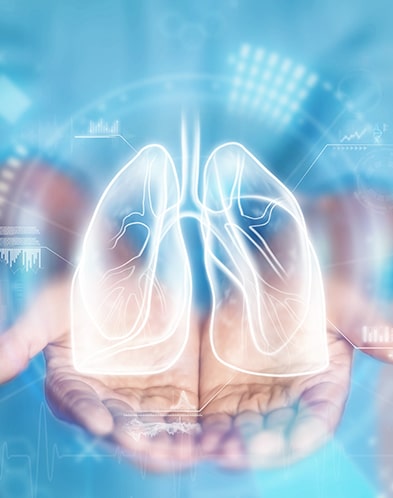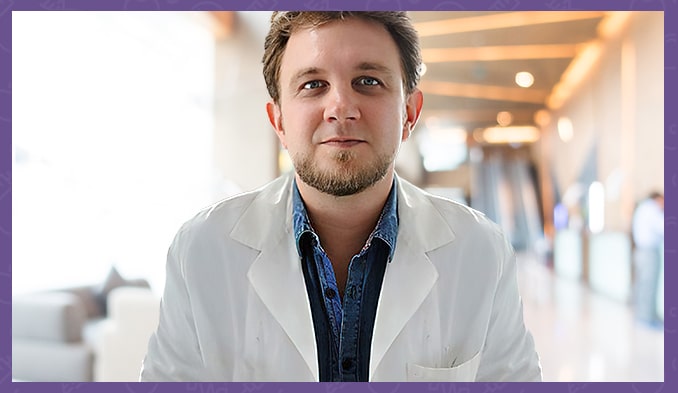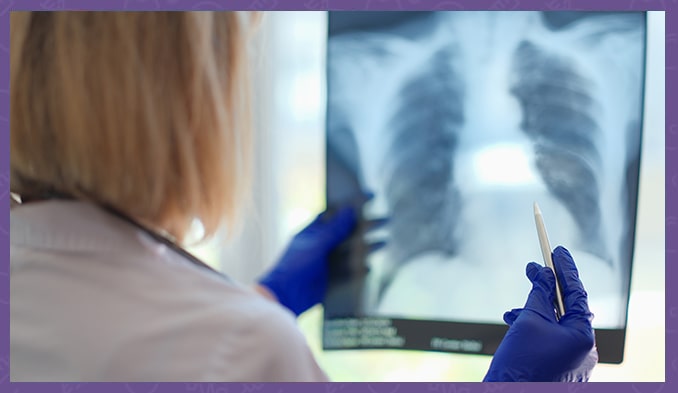-
What is chronic obstructive pulmonary disease (COPD)?
COPD affects the lungs and obstructs the free flow of air to them, resulting in damage to the small airways. It is because this condition restricts the flow of air both to and from the lungs that it is defined as an obstructive disease. It is common for COPD to be accompanied by pulmonary emphysema causing shortness of breath. In this condition, the inner walls of the alveoli of the lungs are damaged. As a result, a larger air space is formed in the lungs instead of very small ones, and with this a reduction in surface area for gas exchange.
-
Is this disease common?
10,1% is the incidence at the global level according to the results of the Burden of Obstructive Lung Disease (BOLD) study. In men, the overall incidence was found to be 11.8%, while in women it was 8.5%. More than 65 million people worldwide have moderate or severe COPD, and the number of people with COPD is predicted to increase in the next 50 years.
In the past, morbidity and mortality were highest among men, but in recent years there has been a significant increase in morbidity among women.
-
How is COPD manifested and what are the characteristic symptoms?
Symptoms of COPD include a number of warning signals that worsen as the disease progresses. Patients may experience shortness of breath, which at first is felt mainly with physical exertion, but as COPD progresses it begins to be felt even at rest, throughout the day. Other symptoms are wheezing, the presence of a chronic cough (sometimes accompanied by mucus discharge) and more frequent respiratory infections
-
What are the factors that contribute to the development of COPD?
The main and most significant factor associated with the risk of COPD is prolonged smoking. 85% of cases in the western world are caused by this. The risk increases with increasing smoking duration and number of cigarettes smoked. Another factor that can irritate and therefore inflame the lungs is exposure to chemical fumes, vapours and dust in the workplace for prolonged periods. COPD is most commonly seen in people over 40 who begin to experience symptoms.
-
What is the most commonly used method of diagnosis?
Spirometry (pulmonary function test - PFT) is most commonly used. It is a simple and painless test that is the most effective method for diagnosis. It is used to measure lung capacity and function. Besides spirometry, computed tomography (CT) of the chest is used to detect the presence of pulmonary emphysema.
-
What inhalers are used to treat COPD?
It is important to note that for the successful treatment of COPD, no "most effective" drug can be defined, but different types are used. Inhalers are commonly used and considered effective in the treatment of COPD. They contain bronchodilators that help the airways dilate and relax, making breathing easier. Variants of bronchodilator inhalers include those that are administered 1-2 times daily (have an effect of about 12 hours) and those that are used only when needed (short-acting). A steroid inhaler may be included in treatment when patients continue to have breathlessness or experience frequent exacerbations. This type of inhaler helps to reduce inflammation in the airways as it contains a corticosteroid drug. A combination inhaler, which combines a steroid inhaler and one with a long-acting medicine, is usually prescribed. It is important that the patient is trained to use the correct inhaler for him.
-
What is the acute form of COPD?
Exacerbation of COPD (exacerbation) is characterised by an increase in respiratory symptoms and can vary from patient to patient, lasting from several days to weeks. Warning signs may be:
- increased cough, wheezing or shortness of breath,
- changes in the type, consistency, or amount of secretion,
- onset of fatigue for days,
- swelling of the feet/ankles.
Antibiotics and oral corticosteroids may need to be taken, and sometimes the patient may need to be hospitalized. The most common causes of exacerbation are viral or bacterial infections of the lungs, but the cause may also lie in other factors (smoking, smoke, etc.).
-
What are the latest treatment methods?
In recent years, in addition to improved drug treatment (very long-acting bronchodilators), a new approach to lung volume reduction in emphysema using bronchoscopy, i.e. bronchoscopic lung volume reduction (BLVR), has been considered. This procedure is minimally invasive. It uses endobronchial valves that are inserted into the airways of the lung and act as valves, allowing only one-way passage of air. This intervention helps patients to be relieved.
-
Is it possible for a patient to be cured of COPD completely and how can he contribute to improving his condition?
COPD cannot be completely cured. However, with early diagnosis and appropriate treatment, the progress of the disease can be controlled and slowed. Also, reducing risk factors is essential. To improve quality of life, the patient should stop smoking, maintain good air quality in their home, do breathing exercises, control stress levels and maintain a healthy body weight, as well as be physically active and maintain muscle strength.
-
What impact does diet have?
Diet can have an impact on the condition of COPD patients. It is recommended that patients eat a diet rich in protein, complex carbohydrates and fibre. Healthy sources of fat should also be included in the diet. Specific dietary requirements and recommendations may vary depending on the individual needs and health status of the patient. In general, fiber intake from foods such as fruits and vegetables, pasta, and nuts is recommended to be about 20-30 g. Twice daily, COPD patients should take protein sources (eggs, milk, cheese, fish, meat, nuts, etc.).











